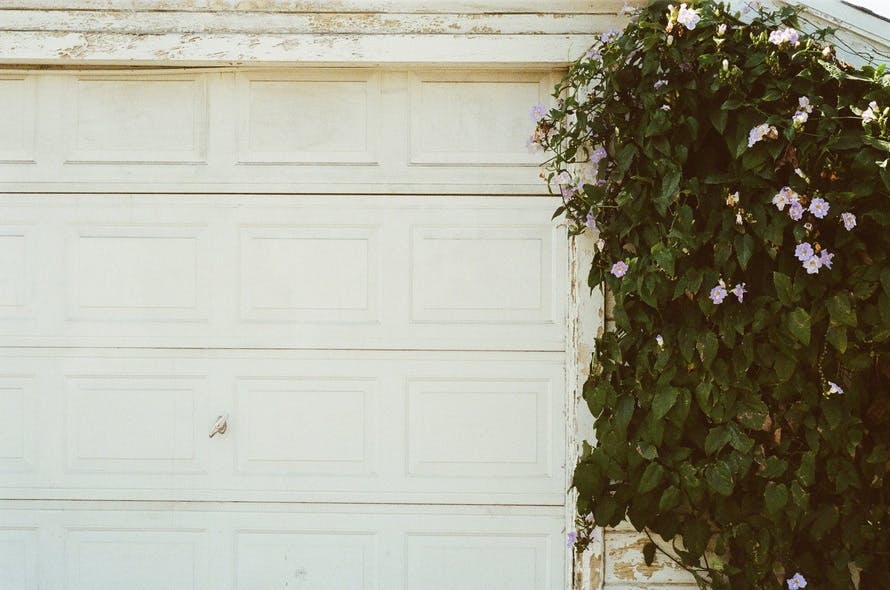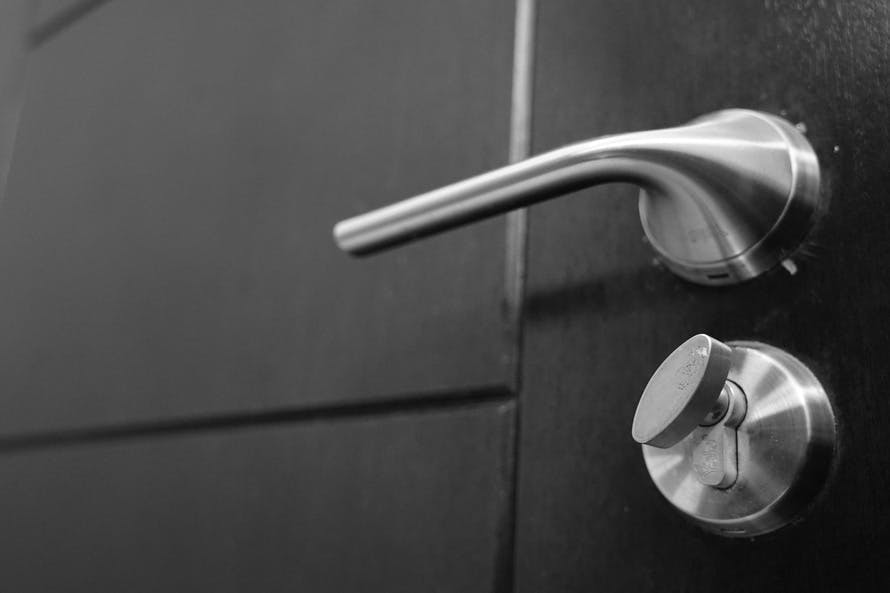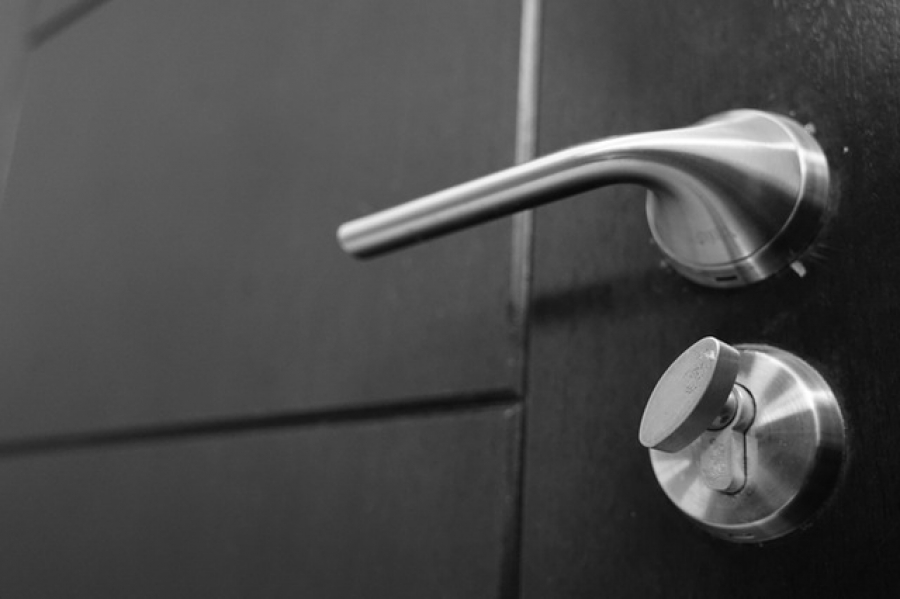There is an abundance of reasons your home should be insulated. The most obvious of these is that your house will retain heat more efficiently, making your house warmer during the cold months and at a lower expense.
The average American family spends close to $1,900 a year on utility bills, and 54% of those bills come from heating and cooling services.
If your house is naturally keeping heat inside, you won’t have to keep your heater running all the time. Unfortunately, many houses have “trouble spots” — areas where heat is slipping out into the cold.
Below are some of the areas of your house you might have neglected to properly insulate, and what you can do to prevent unnecessary heat loss.
Living Room
Have you ever noticed that downstairs rooms are always colder than upstairs? Research has shown that a house loses 35% of its heat through the walls, and since heat rises, that means first-floor common areas are very likely to lose heat quickly.
There could also be some pesky holes in your walls that are allowing heat to escape, and more often than not, these holes are very difficult to see. It might worth closely examining all of your walls for holes, then using caulk to fill them in.
Bolstering your insulation in common areas like a living room, den, man cave or whatever you call it should help your hangout spot retain its heat.
And no matter where you’re insulating, don’t forget to research the different kinds of insulation, as there are many combinations of effectiveness and price that will determine what form of insulation you use. Between loose fill, batts, rigid boards and expanding sprays, there are plenty of options for you to choose from.

Garage
“Why insulate the garage?” you may ask, and a fair question that is. Believe it or not, many of your tools and appliances can be adversely affected by the biting cold, causing problems with startup and general maintenance.
Keeping your garage at a reasonable temperature will ensure that these tools and your car continue to run smoothly. And face it: you really don’t want to walk across a freezing cold garage floor barefoot.
Studies have determined that adding additional insulation to a garage area can greatly increase heat efficiency. In fact, scientists did an experiment with insulated and uninsulated garages, and insulated garages held a significant edge.
The scientists measured the temperature of each garage, and while the uninsulated garage still rose the temperature from 20 degrees to 30, an insulated garage raised it to 42 degrees.
Insulating your garage will make a huge difference in the temperature of your house as a whole, especially since roughly a fourth of the heat lost from a house exits through the floors.
Windows
An often-forgotten source of heat loss is your windows. Even if a window isn’t frequently being opened and closed, it can still let hot air out and cold air in. There is a myriad of reasons for this: warped frames, small holes in the window itself and many others.
Line the edges of all the windows in your house with caulk to prevent any air from escaping the frame, or through an area of the window itself.
There is also a strong possibility, especially in older houses, that the frame of a window can become warped and misshapen. When that happens, expect a lot of heat to take a one-way flight out of your home.
A little investigation and caulking should take care of any problems you have.

Doors
First, don’t just leave your front door open. Obviously, it’s a safety hazard (there are a lot of weird people who would just walk into someone’s home), but you’re also wasting air.
Just like windows, make sure all of your exterior doors are completely sealed. Take the same caulk you used for your windows and seal up your doors nice and tight.
Older homes run a greater risk of having structural issues that will lead to inefficient air usage or loss, but that doesn’t make newer homes immune. Always be on the lookout for colder areas in your home.
If a certain room suddenly becomes much colder than you remember, don’t hesitate to start taking a look around. More likely than not, you’ll find a small hole in the wall, a crack in the frame of your window, or maybe you just leave the door open more often than you realize.
No matter what the source might be, however, there’s always a solution: insulation. Be proactive in sealing off trouble spots in your house, and you’ll not only stay warmer, but you’ll also save money in the process!

